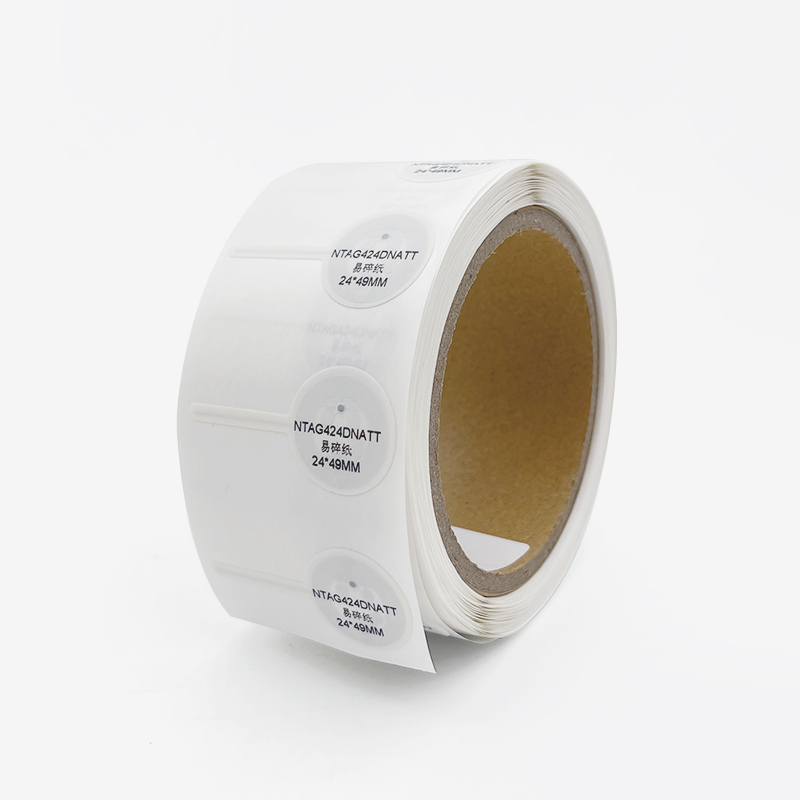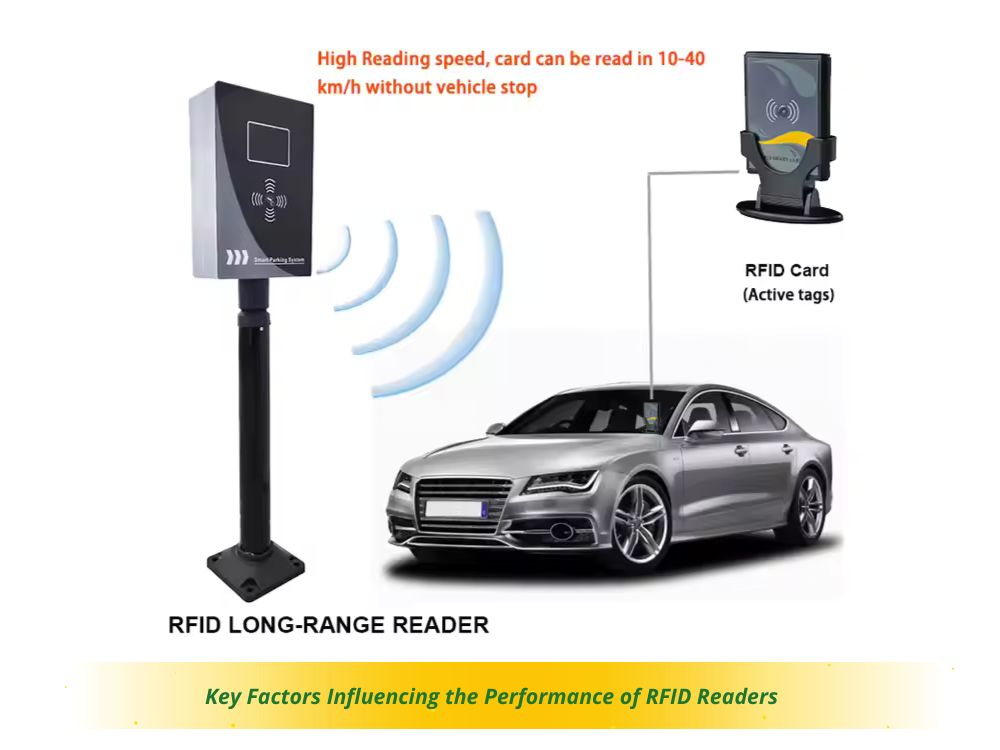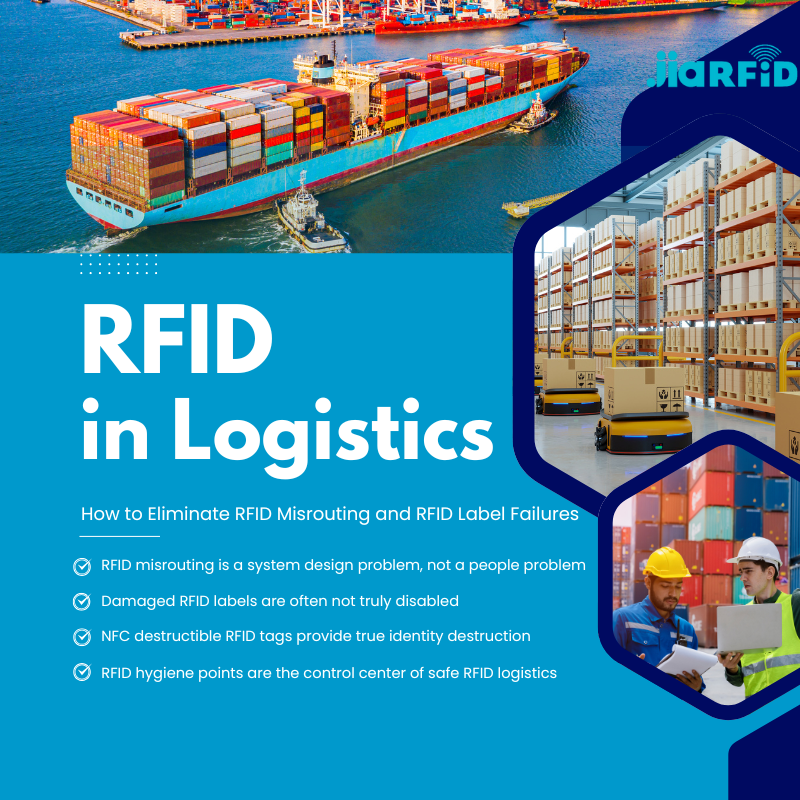
Key Factors Influencing the Performance of RFID Readers
Table of Contents
Summary
Understanding the key factors that influence the performance of RFID readers is essential for selecting the right device for specific applications. This article delves into the fundamental attributes of RFID readers, including their technical specifications and operational considerations.

Overview of RFID Reader Performance Factors
RFID readers are sophisticated devices designed to transmit and receive radio signals from RFID tags. They must address common technological challenges associated with radio systems as well as unique challenges specific to RFID technology. When evaluating RFID readers, several critical factors—such as sensitivity, selectivity, and regulatory compliance—must be considered to ensure optimal performance and compatibility with your application needs.
Essential Attributes of RFID Readers
Sensitivity
Sensitivity is a measure of the RFID reader’s ability to detect weak signals from RFID tags. The key points include:
- Detection Capability:The reader should reliably detect signals with a minimum power level of -80 dBm. Advanced readers can detect signals as weak as -115 dBm, with good readers reaching up to -90 dBm.
- Impact on Performance:Higher sensitivity enhances the reader’s ability to capture data from tags that are further away or are transmitting weaker signals.
Selectivity
Selectivity refers to the reader’s ability to isolate and process the signal from the RFID tag amidst a spectrum of signals:
- Signal Isolation:The reader must differentiate the RFID tag’s signal from other stronger signals in the vicinity, which is crucial given the proximity of RFID frequencies to telephony frequencies.
- Interference Management:Effective selectivity minimizes the risk of interference from other wireless devices, ensuring accurate data capture.
Dynamic Range
The dynamic range is a measure of the reader’s capability to handle signals from multiple tags at varying distances:
- Simultaneous Detection:The reader should detect and process signals from several tags simultaneously, even if their emission powers differ by up to 10,000 times.
- Operational Efficiency:This attribute is essential for applications with high tag density or varying signal strengths.
Regulatory Compliance
RFID readers must comply with regional regulations to ensure legal operation:
- European Standards:In Europe, RFID readers operate within the 865.6-867.6 MHz frequency band with a maximum power of 2 W ERP, regulated by ETSI (European Telecommunications Standards Institute) under the EN 302 208 norm.
- Global Standards:Compliance with local regulations is necessary to avoid legal issues and ensure interoperability.
Performance in Dense Environments
Handling interference in environments with multiple RFID readers is critical:
- Standard Compliance:Adhering to standards like EPC Global Gen2 helps manage interference and maintain performance in crowded environments.
- Operational Flexibility:This is important for applications in high-traffic or densely populated areas.
Multi-Manufacturer Interoperation
Ensuring compatibility across different RFID chip and reader manufacturers is crucial for seamless integration:
- Interoperability Certification:EPC Global offers certification to ensure RFID readers and chips from various manufacturers can work together effectively.
- Operational Efficiency:This flexibility allows for the use of various products without compatibility issues.
Comparative Overview of RFID Reader Attributes
Attribute | Description | Importance |
Sensitivity | Ability to detect weak signals. | Critical for accurate data capture. |
Selectivity | Capability to isolate RFID tag signals from other frequencies. | Essential for minimizing interference. |
Dynamic Range | Ability to handle signals from multiple tags at varying distances. | Important for high-density tag environments. |
Regulatory Compliance | Adherence to regional and global standards. | Necessary for legal operation and interoperability. |
Performance in Dense Environments | Management of interference in crowded settings. | Crucial for reliable operation in busy areas. |
Multi-Manufacturer Interoperation | Compatibility with various RFID products. | Facilitates integration and flexibility. |
Conclusion
Understanding the key factors of RFID readers—such as sensitivity, selectivity, and regulatory compliance—is essential for selecting the appropriate device for your needs. By considering these attributes, organizations can ensure they achieve optimal performance, reliability, and efficiency in their RFID systems.

Comments
Hot Products

RFID in Logistics: How to Eliminate RFID Misrouting and RFID Label Failures
RFID in logistics is more than just a tool to speed up processes. It has become a key part of how modern supply chains operate.

What Is RFID Waste Management
Imagine a city where every trash bin speaks — not literally — but through a tiny chip that tells the system when it’s full, when it’s emptied, and where it went. That’s what RFID waste management is doing today.

What are Bolt Seals and their Applications? | Complete Guide
In global trade and logistics, bolt seals play a crucial role in ensuring cargo security and compliance. These small but powerful devices are designed to lock shipping containers, trailers, and cargo doors with a tamper-evident mechanism.

What is an RFID Card Protector? Benefits, Use Cases, and Buying Guide
RFID technology (Radio Frequency Identification) is everywhere: in your credit cards, ID badges, transit passes, hotel room keys, and more. It offers speed and convenience, but it also opens the door to a new kind of digital theft called “skimming.” That’s where an RFID card protector comes in.

RFID Wristbands for Events: Bulk Buying Guide for Organizers
RFID wristbands for events are becoming the go-to solution for organizers who need faster entry, fraud prevention, and cashless payments at concerts, festivals, and sports venues. Unlike paper tickets or QR codes, these smart wristbands use embedded chips to streamline access, secure transactions, and improve the guest experience.

How RFID Tag on Windscreen Improves Vehicle Access Control and Toll Systems
In today’s fast-paced world, vehicle identification needs to be quick, secure, and contactless. An RFID Tag on the Windscreen provides exactly that — a reliable way to manage toll collection, parking, and gated access without stopping vehicles.
Tags
RELATED BLOGS

RFID in Logistics: How to Eliminate RFID Misrouting and RFID Label Failures
RFID in logistics is more than just a tool to speed up processes. It has become a key part of how modern supply chains operate.

What Is RFID Waste Management
Imagine a city where every trash bin speaks — not literally — but through a tiny chip that tells the system when it’s full, when it’s emptied, and where it went. That’s what RFID waste management is doing today.

What are Bolt Seals and their Applications? | Complete Guide
In global trade and logistics, bolt seals play a crucial role in ensuring cargo security and compliance. These small but powerful devices are designed to lock shipping containers, trailers, and cargo doors with a tamper-evident mechanism.




